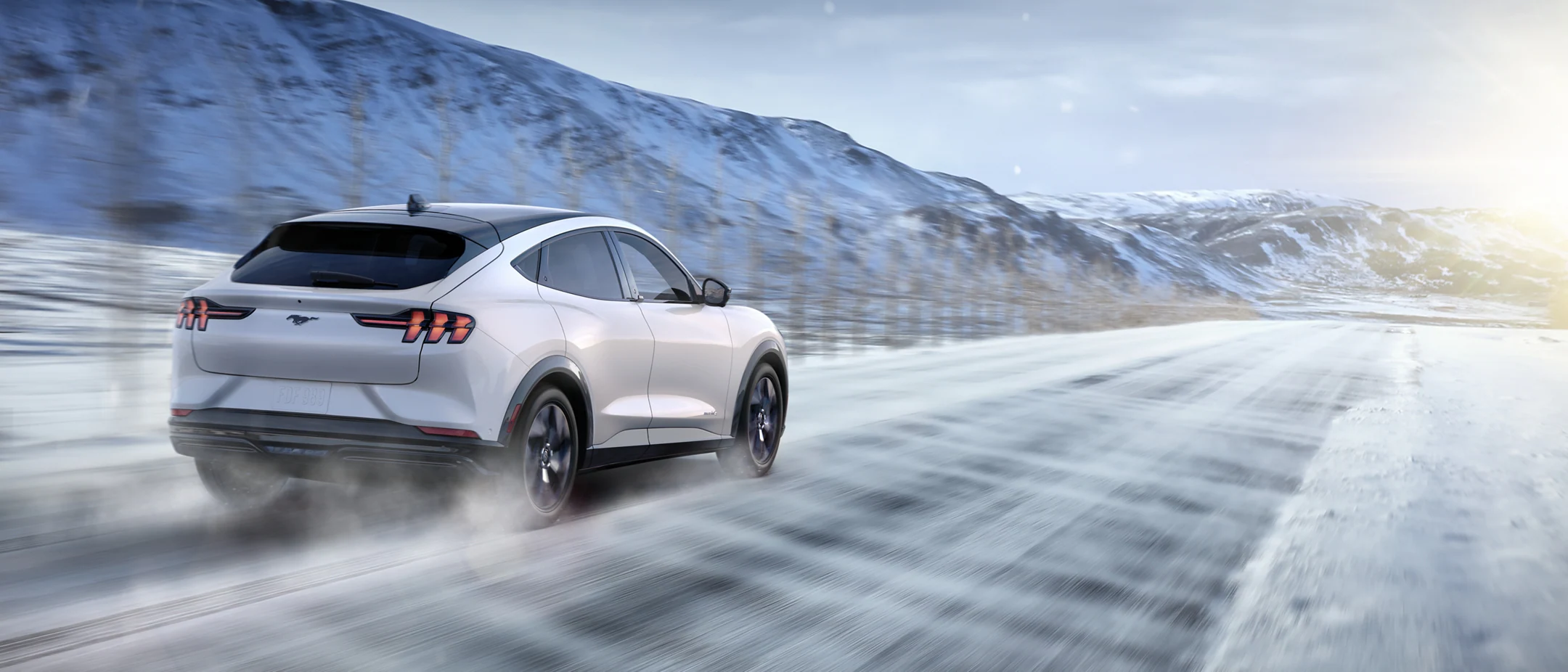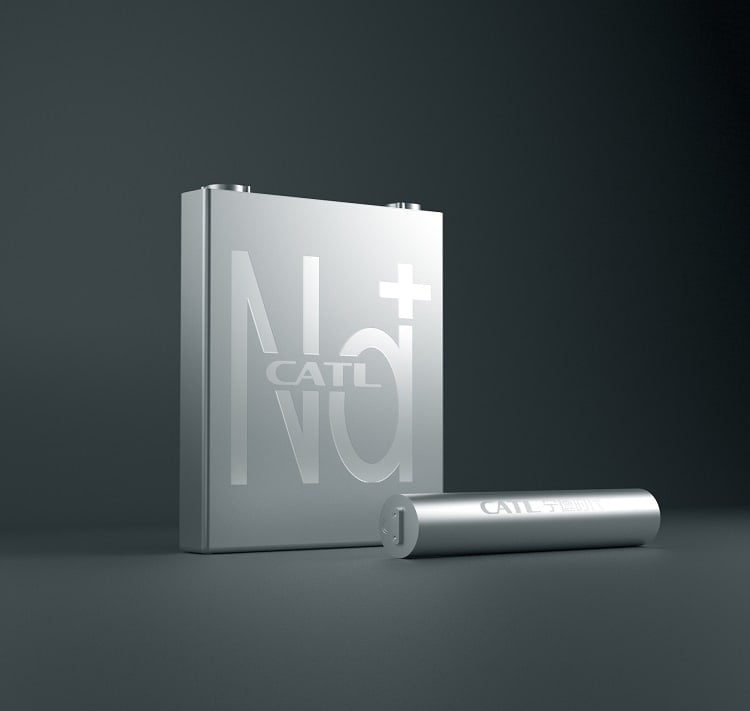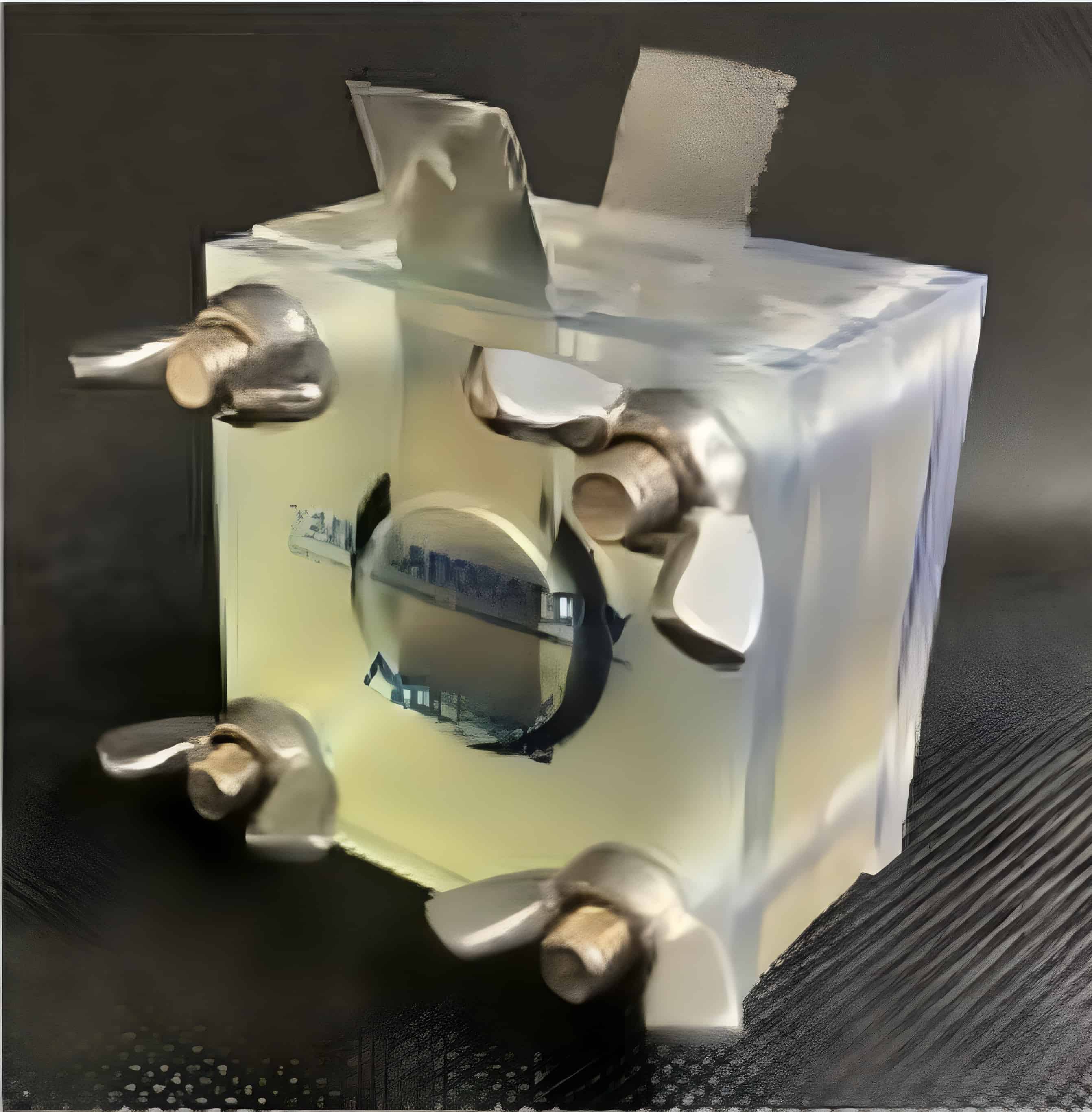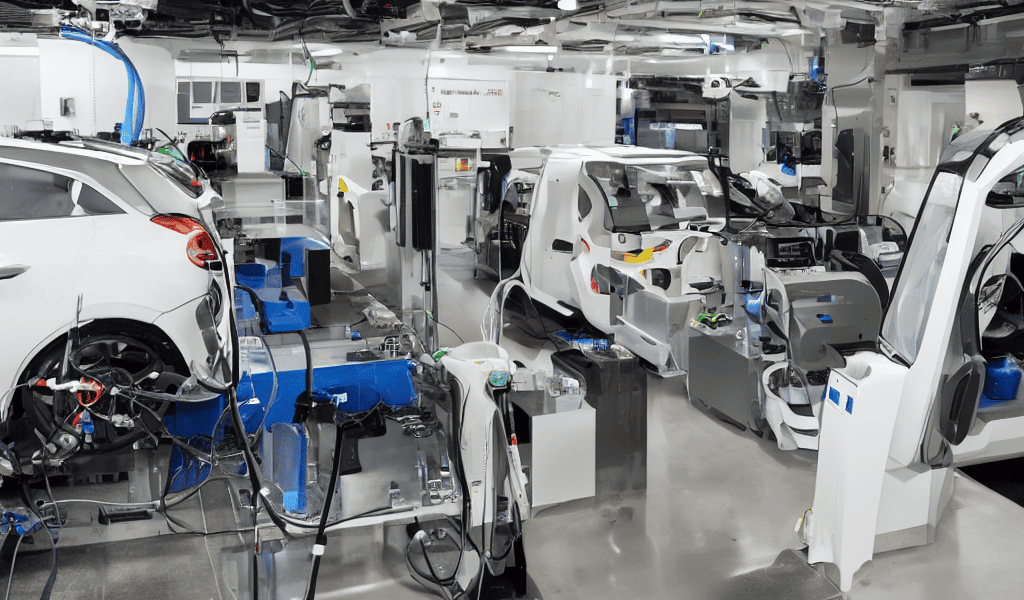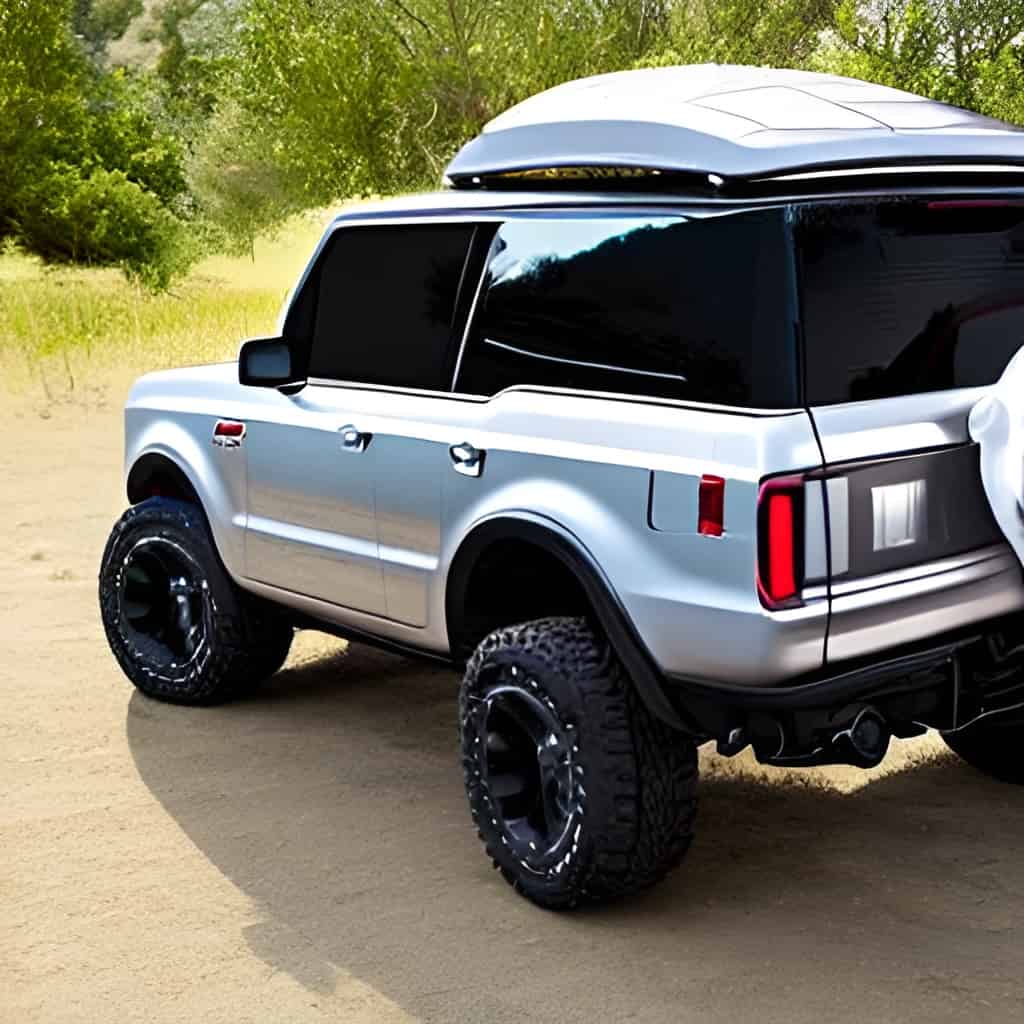
Ford has filed a patent for a roof-mounted backup battery system designed to extend electric vehicle (EV) range when chargers are scarce. The patent reveals a Bronco-like SUV with a roof rack resembling a conventional roof box containing the backup battery, which can be installed for trips and removed when returning home. The backup battery assembly comprises multiple battery modules and a connection port, which electrically couples the backup battery to the EV. The roof-mounted battery box includes a controller module that wirelessly communicates with the EV’s communication module.
Installation and challenges
The patent application does not provide specific details on the installation process of the roof-mounted backup battery system. However, given the weight of lithium-ion batteries, it is likely that specialised equipment, such as a crane or lifting platform, may be necessary for the installation and removal of the battery pack.
One challenge associated with the roof-mounted backup battery is the impact on the vehicle’s centre of gravity. Lithium-ion batteries are heavy, and top-heavy vehicles are prone to tipping over. This trade-off between driving slow and far with the backup battery or fast and short distances without the backup pack could affect driving dynamics, especially in off-road situations.
Addressing range anxiety
The rooftop backup battery system is designed to address range anxiety among EV users, particularly in areas with limited charging infrastructure. Ford’s patent specifically highlights the necessity of a backup battery for users who are reluctant to drive their EVs in areas lacking charging stations. This could be particularly useful for off-roading vehicles that frequently travel to remote locations with scarce charging options.
When in use, the backup battery recharges the EV’s main traction battery pack via the vehicle’s charge port. The power delivery from the backup pack to the primary high-voltage battery is designed to be seamless and driver intervention-free. However, the patent indicates that the main battery cannot charge while driving, suggesting that a future connection type may be required to overcome this limitation.
Compatibility and market potential
The patent reveals Ford’s intention to adopt a global market approach, as it references the European standard Combined Charging System (CCS) port, hinting at potential universal application for other EV brands. Ford’s recent partnership with Tesla also allows Ford customers access to Tesla Superchargers. Although the patent does not show the use of Tesla’s US NACS port, Ford has announced plans to integrate Tesla NACS charging technology in their vehicles for easier access to the Supercharger Network. In Europe Tesla uses CCS and many Tesla superchargers are already available for other EV brands.
Diagrams in the patent resemble the Ford Bronco model, which is known for its off-road capabilities, suggesting that the rooftop backup battery system could be implemented in future electric models in Ford’s lineup. This innovation has the potential to significantly extend the range of electric vehicles, particularly in remote areas where charging infrastructure is sparse, making EVs more versatile for a broader range of driving environments.


